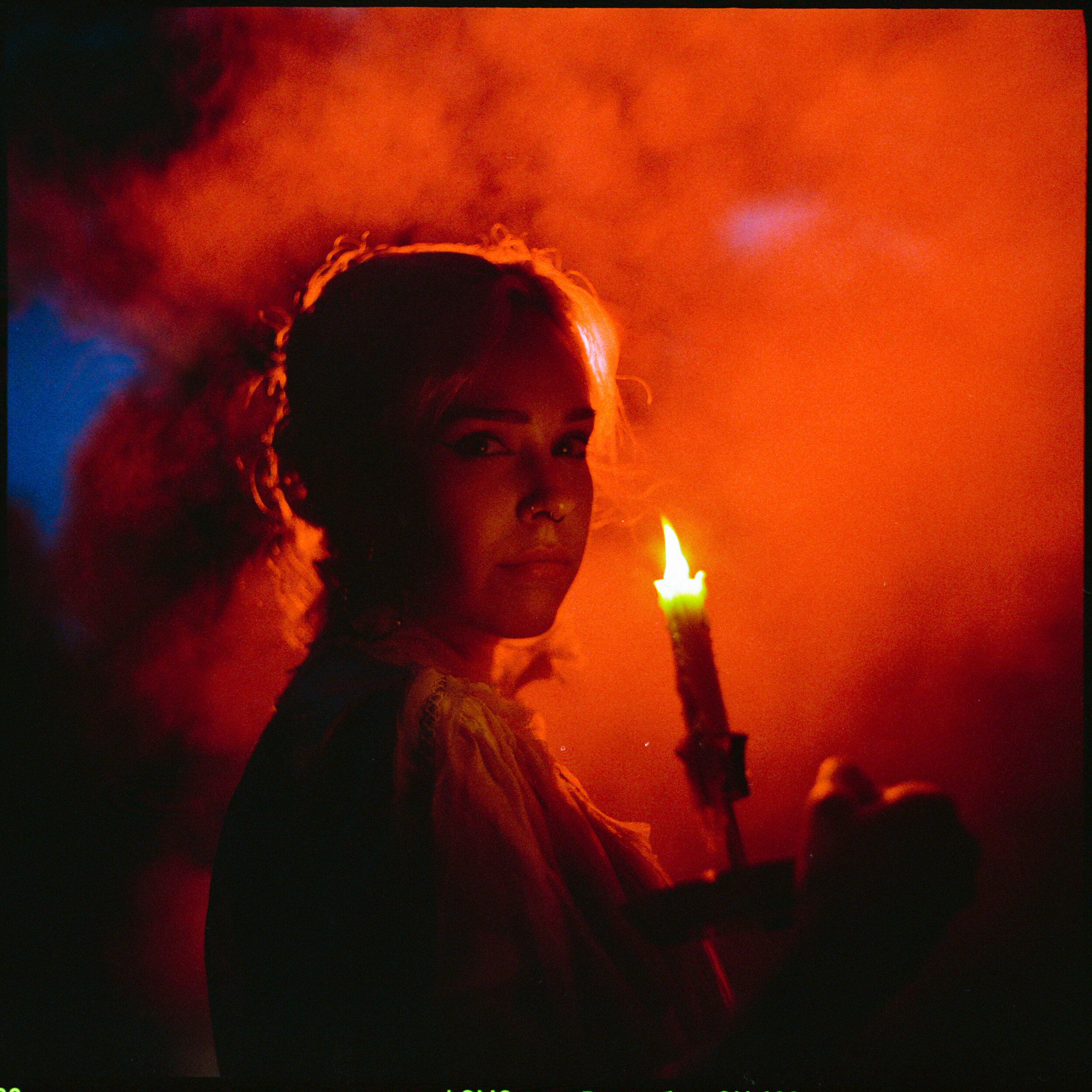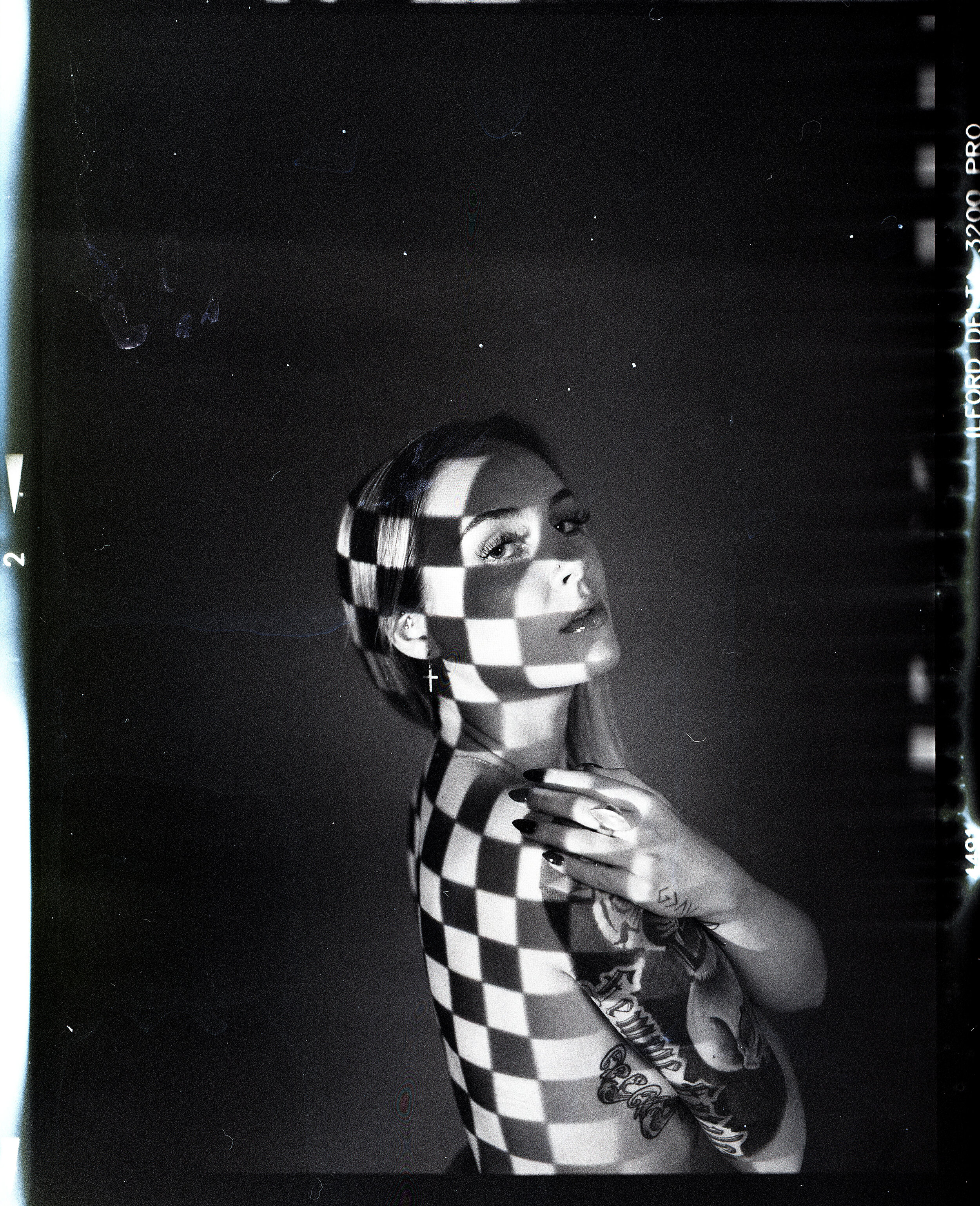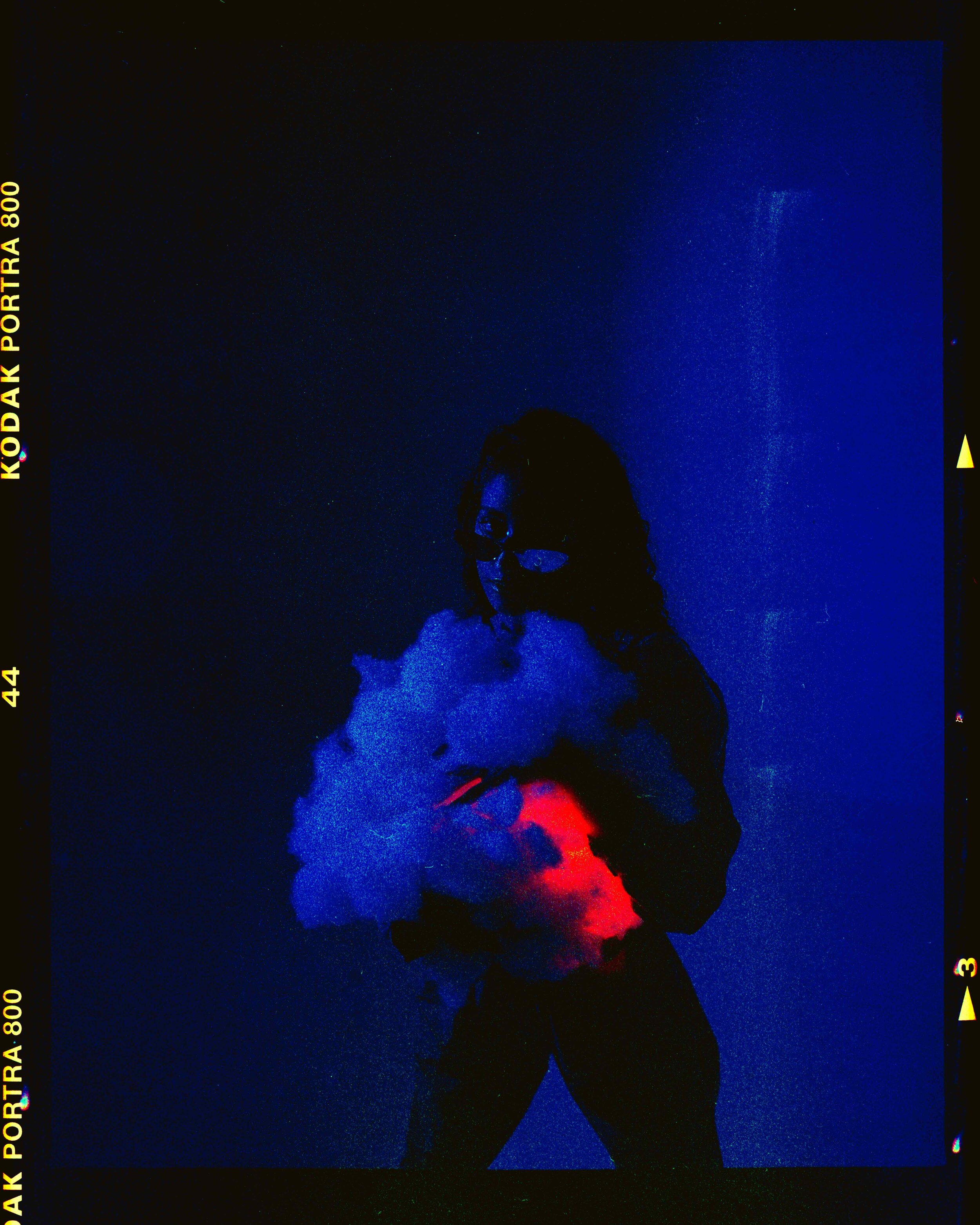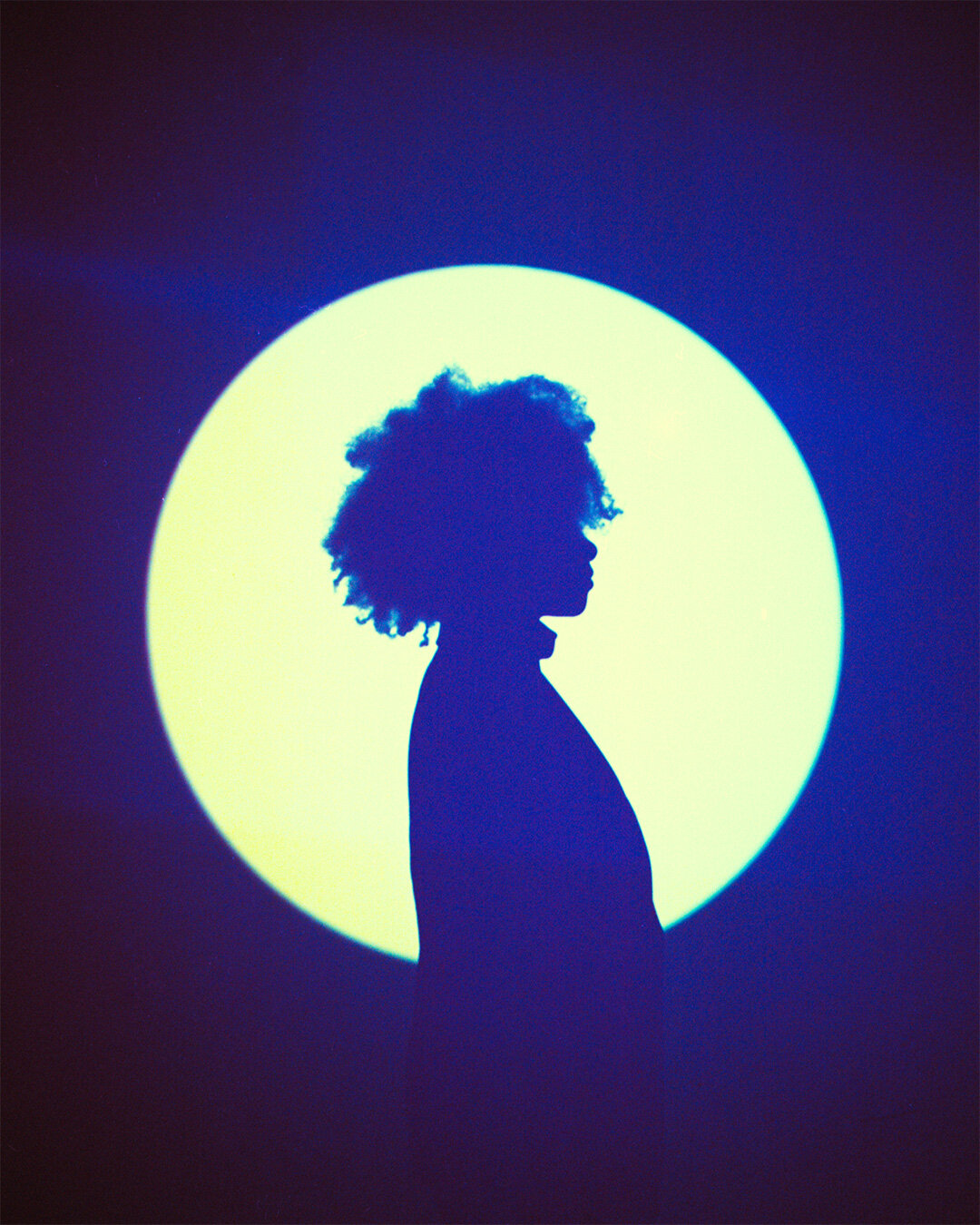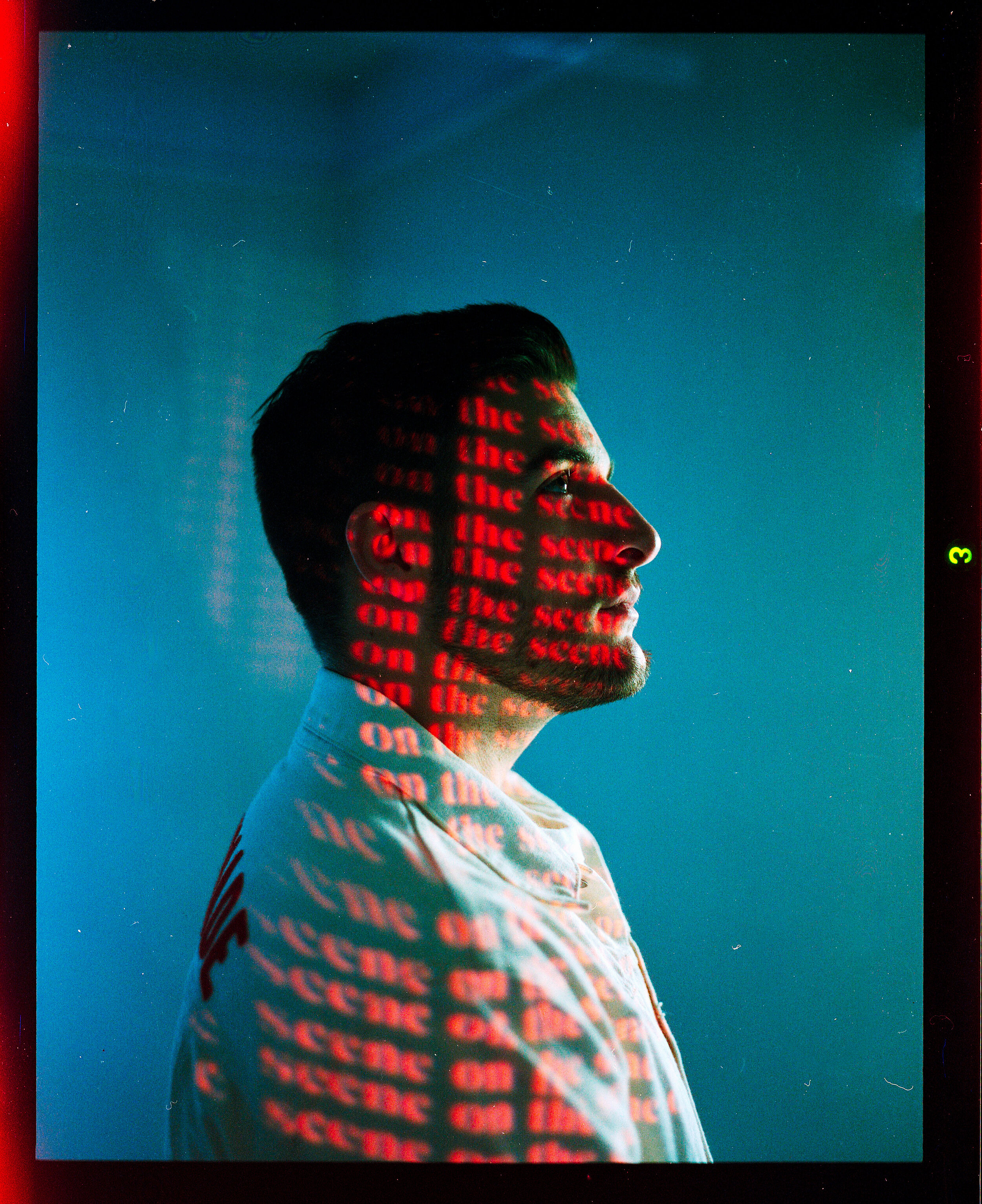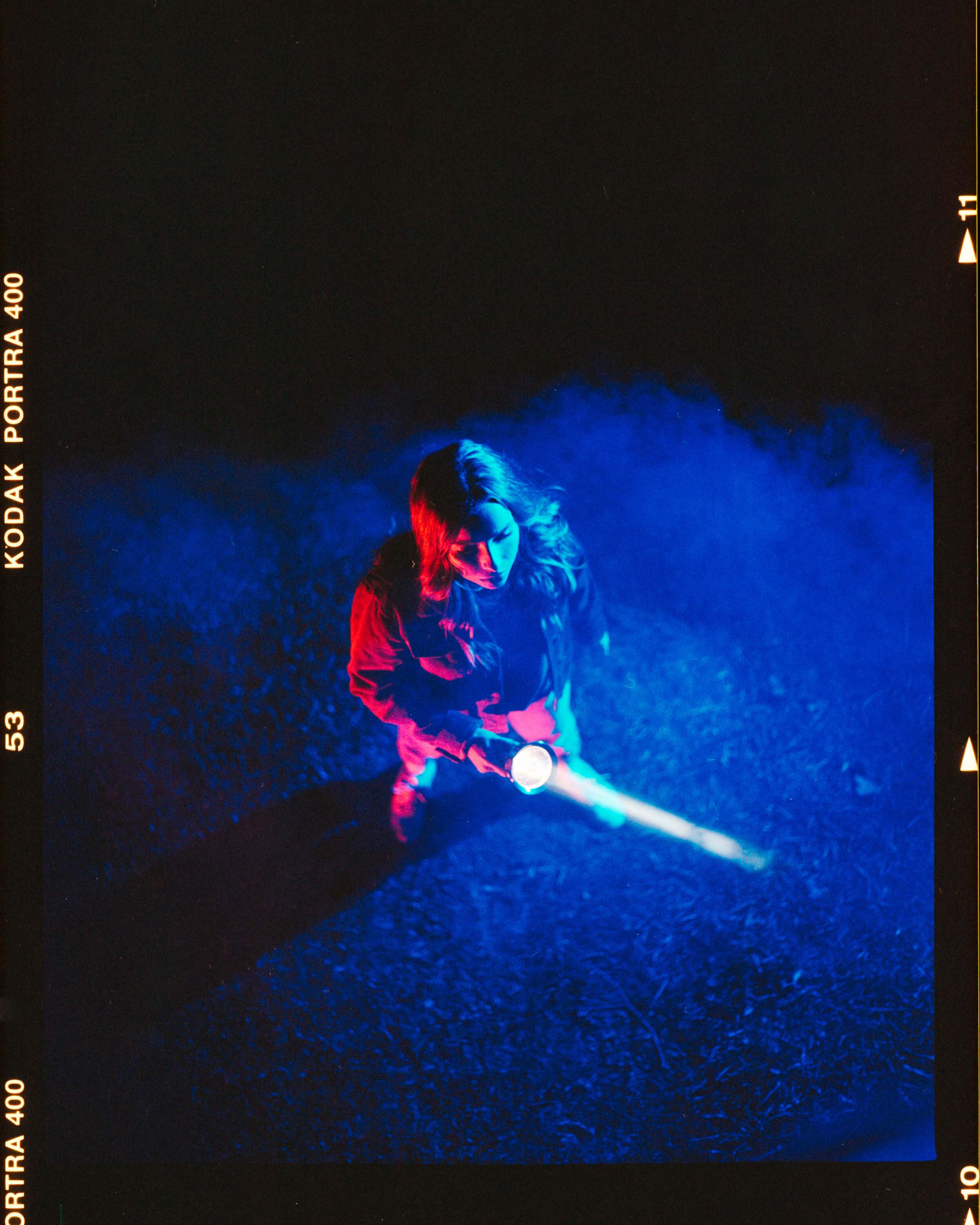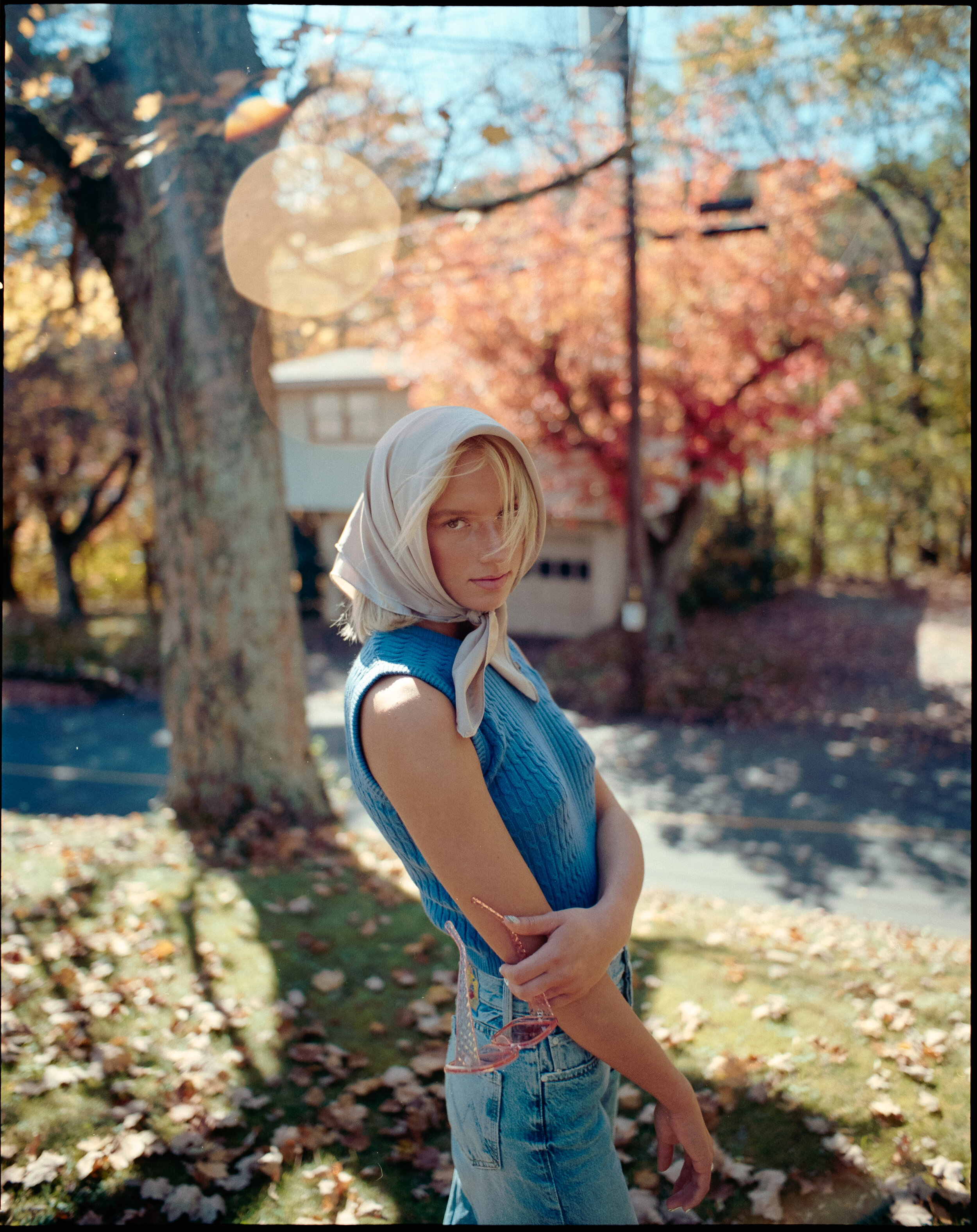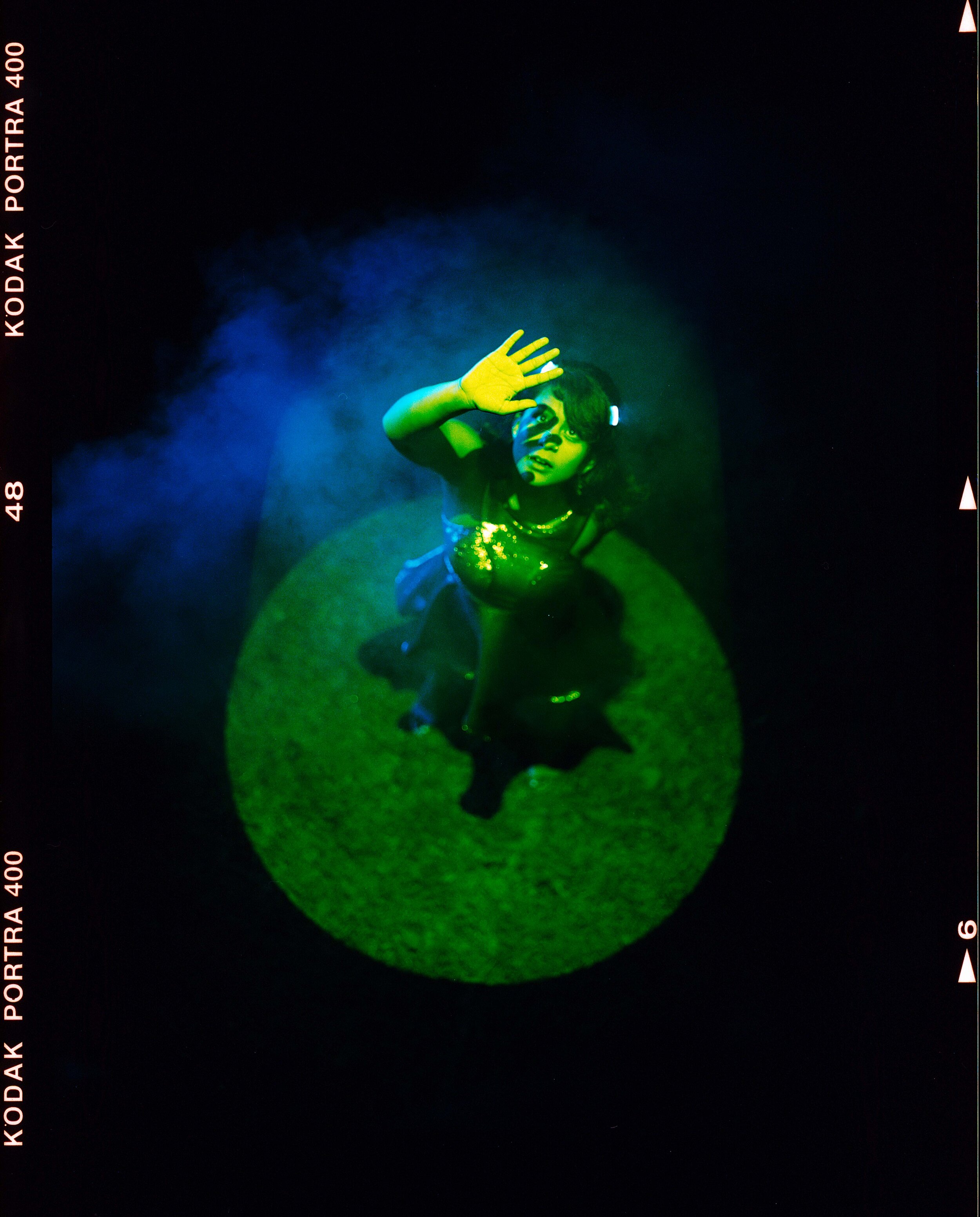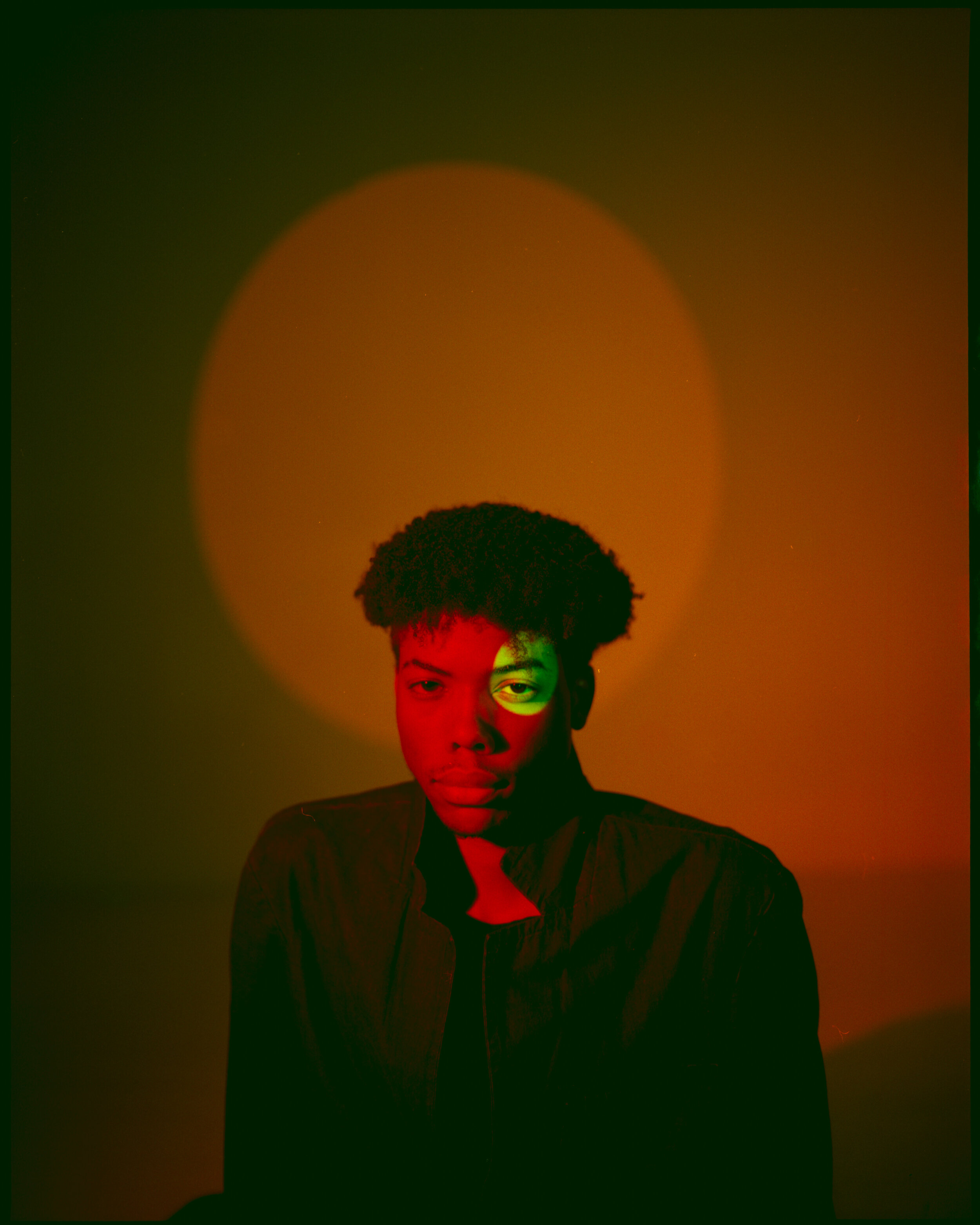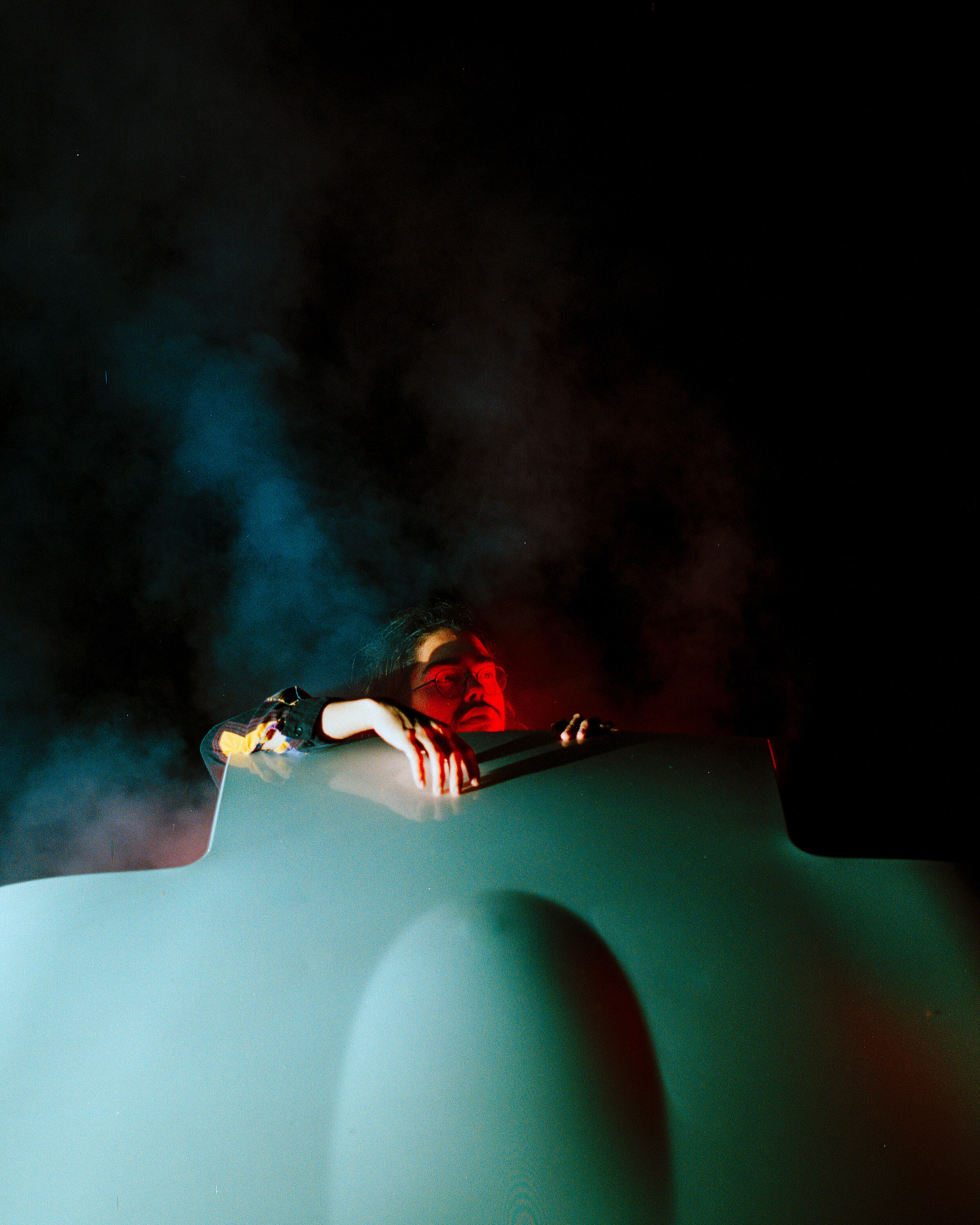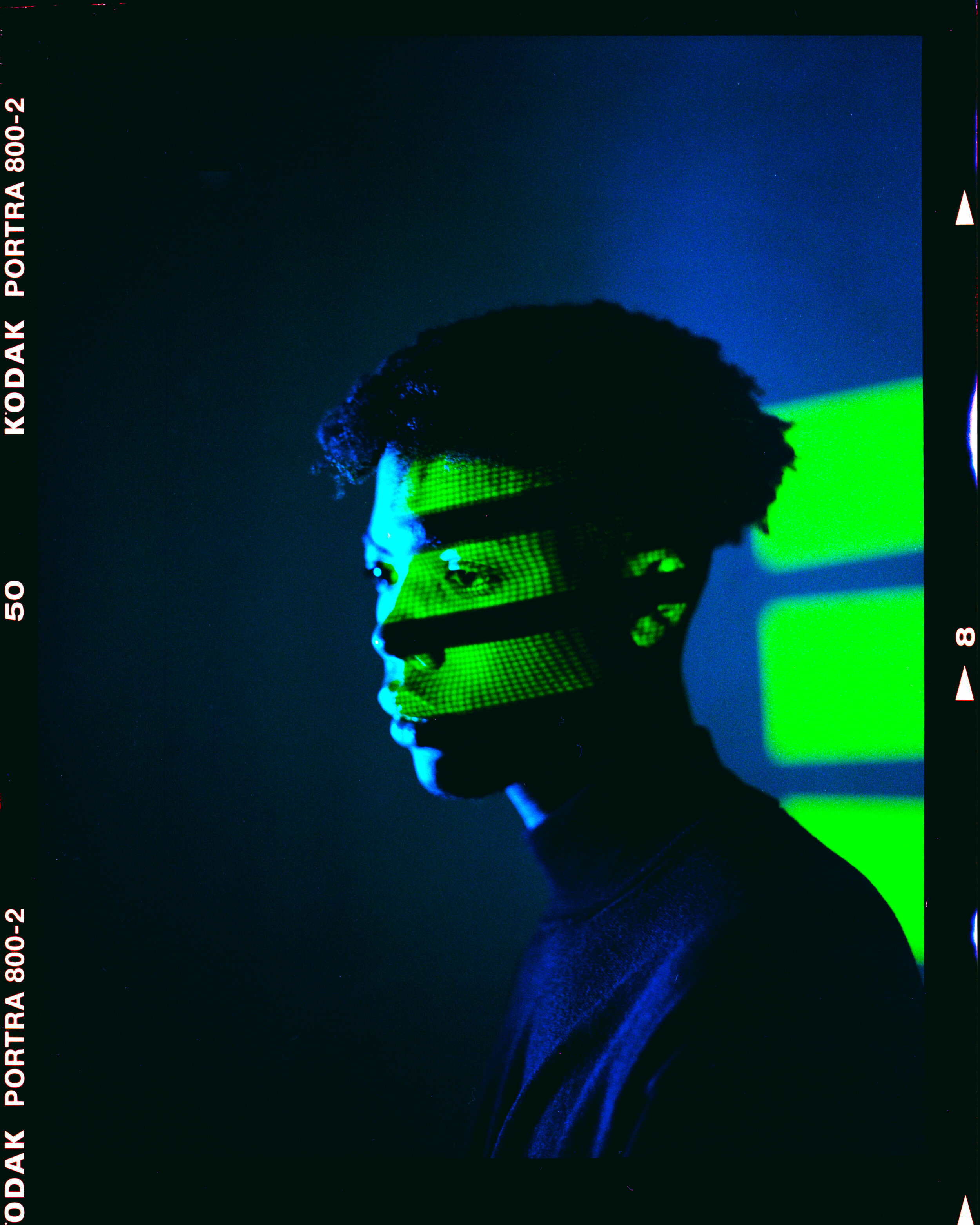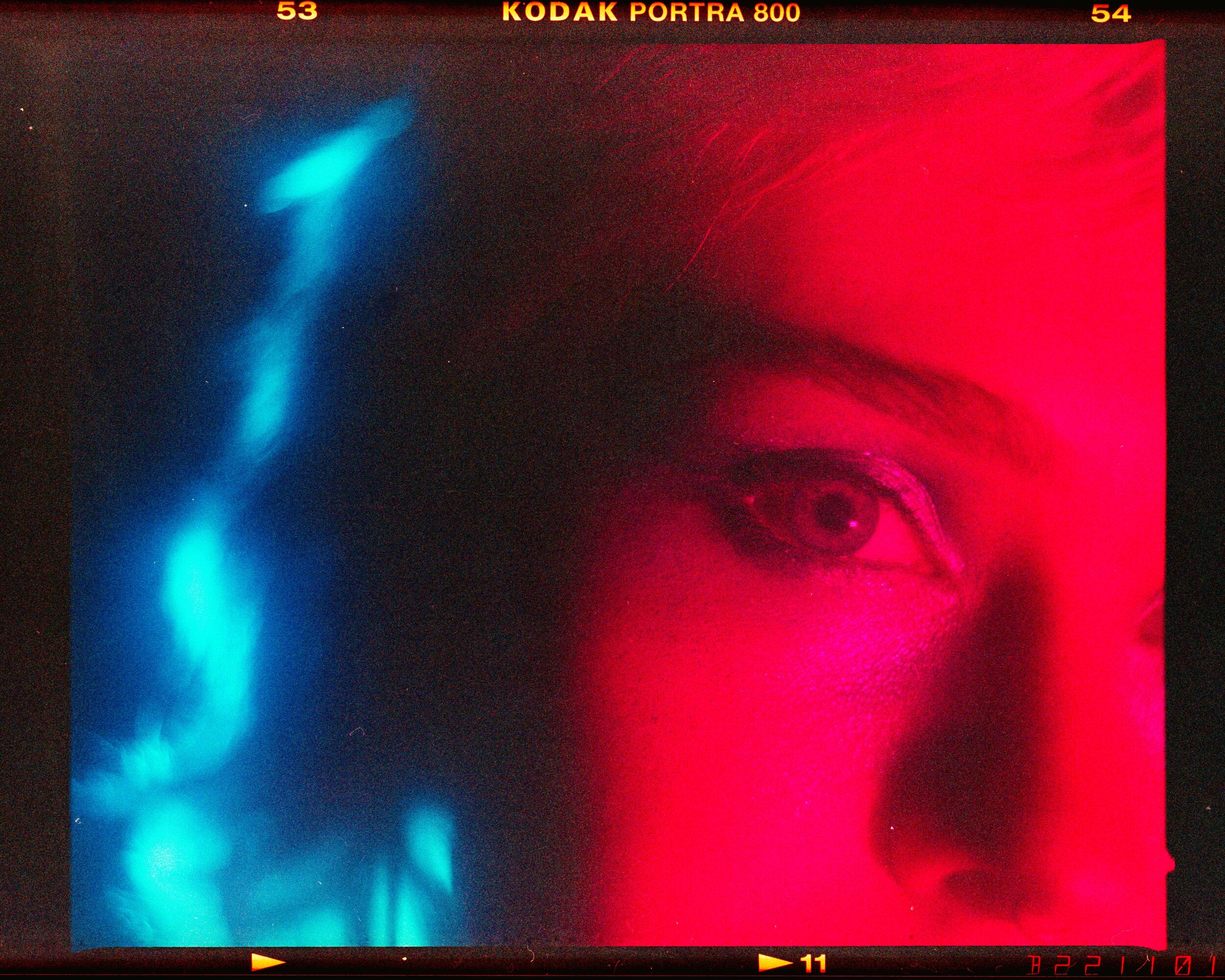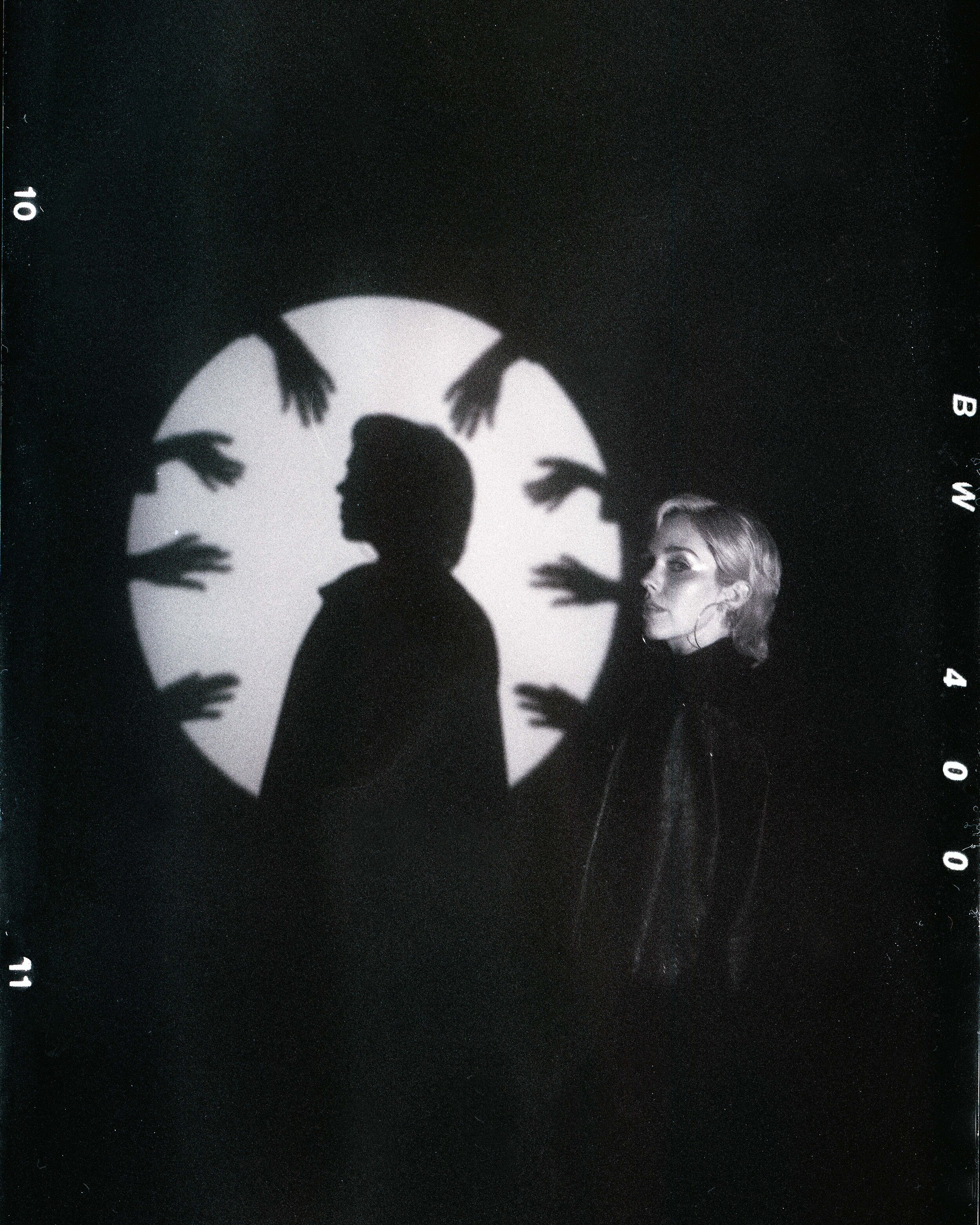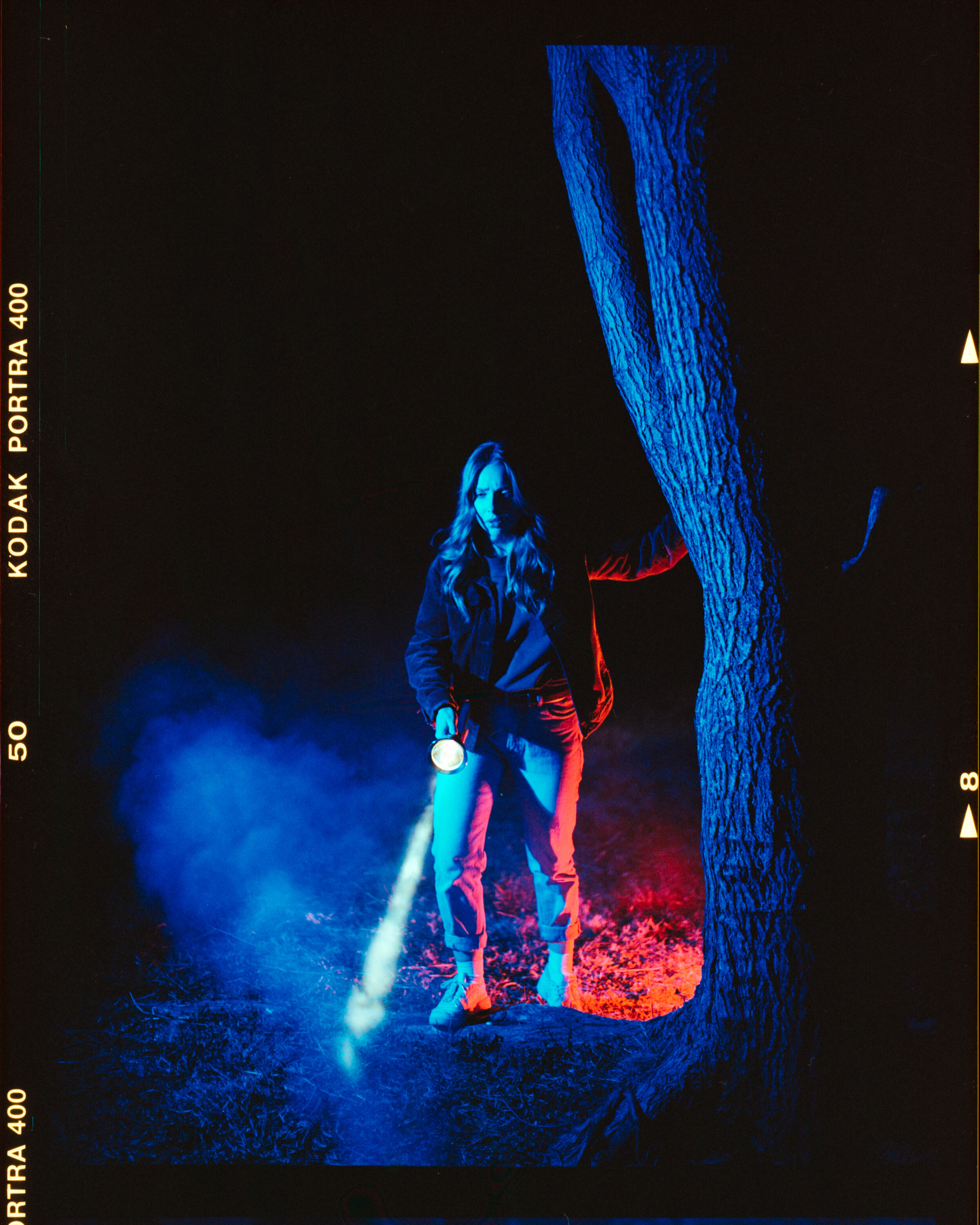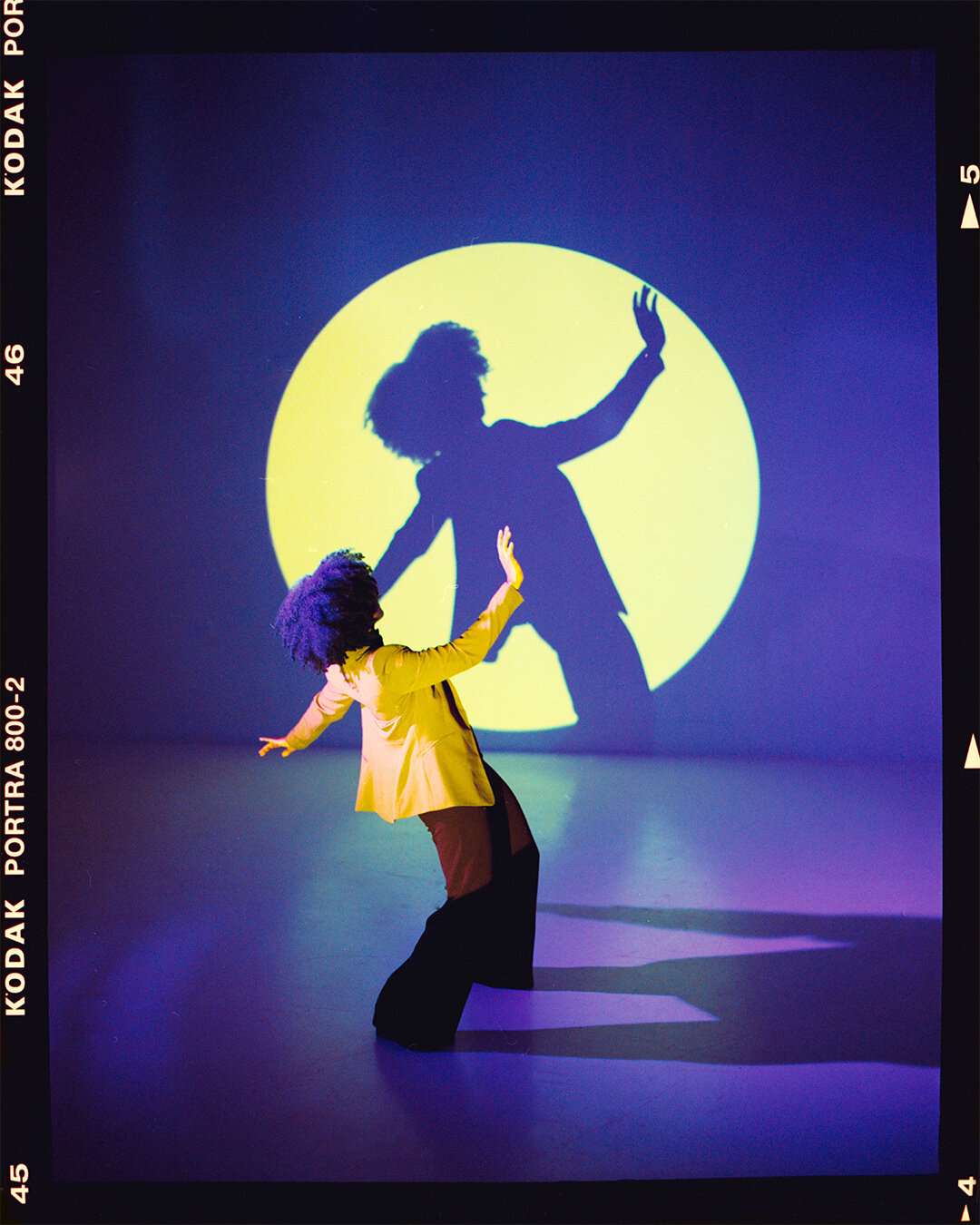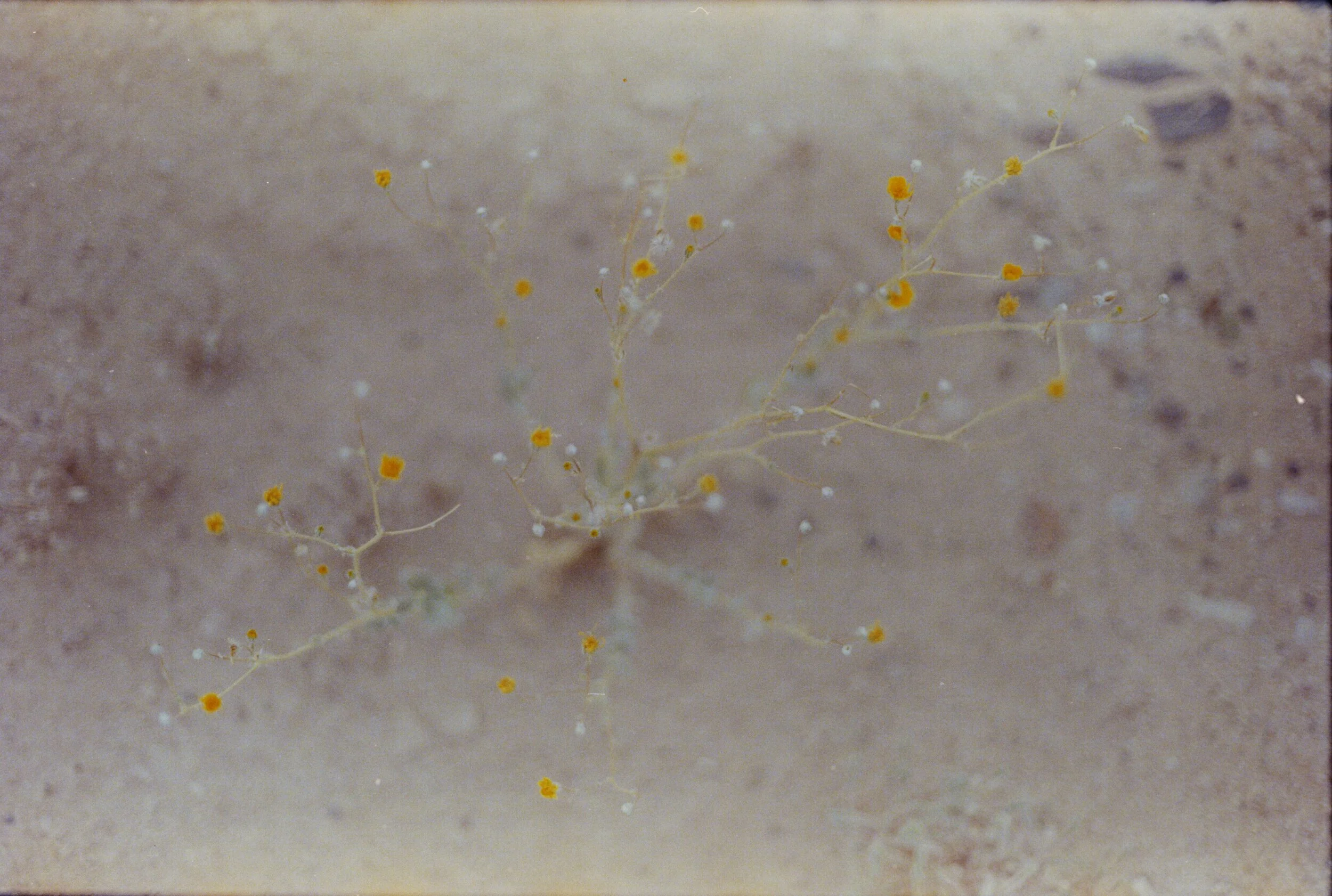We are excited to bring your our latest Negative Supply Spotlight featuring linusandhiscamera!
Known as LINUSANDHISCAMERA. He’s a conceptual film photographer based in Raleigh, NC. He opened linusandhisfilmlab in response to COVID-19 - which halted all of his client work. But after a couple months of working in the Lab he decided to make it his full time thing, right along with creating youtube videos on film photography and working on more more conceptual photographs. Check out our interview with him below!
Q: How did you first discover your passion for photography?
“My passion for photography started in 2015 after I broke my leg doing gymnastics, I had be doing gymnastic and participating in gymnastic for my entire childhood. I was actually USG certified and taught for a quite while too. When I broke my leg, it severed all of my nerve endings in my right leg below the knee. So I don’t really my right leg much any more, which is kinda crazy. I got my first camera is was a Canon Rebel T6i around 2015-2016. I started shooting around then. I made a bunch of friend, and I septs shooting. That’s how I found my passion, when my last passion ended.”
Q: What do you enjoy most about shooting film?
“It’s exactly what I enjoy about shooting digital, just taking photos. And creating conceptual work. That’s definitely my driving force for photography, creating these scenes that really take you to another period in time or world. That’s what I enjoy most, creating still art. I don’t shoot as much conceptual work as I’d to these days but that what I enjoy most. Creating these scenes, building this sets and executing the idea, especially on film, that part of it. Only having ten shots per roll and the limitations of film is what I really enjoy. I get to be competitive with myself.”
Q: What are some of your favorite film stock?
“This is easy: Lomography 400 & 800 and Portra 400 & 800. I’m color negative snob. I’m not really in slide film and I’m not really into black and white. But those four film stocks are 100% my favorite and they all push wonderfully They are just great stocks, they’re gorgeous”
Q: How has our Negative Supply tools helped your workflow?
“This is great questions because I think I’m one of the few people using Negative Supply tools for a film lab. They have helped me greatly. Prior to them I was scanning medium format orders on a flat bed, which was insanely, painstakingly slow. But Negative Supply Film Carrier 120’s are fast, efficient and sharp. I’m really excited to see what a future set up looks like and how it’s going to come into play with these big labs.”
We’d like to thank linusandhiscamera for allowing us to feature him and his fantastic work!! Make sure to follow him on his instagram: @linusandhiscamera. If you’re interested in being featured on our blog, please send us an email via contact@negativesupply.co We can’t wait to see and share work from more of the Negative Supply community! Click the links below to learn more about the tools Linus used to scan his images.



